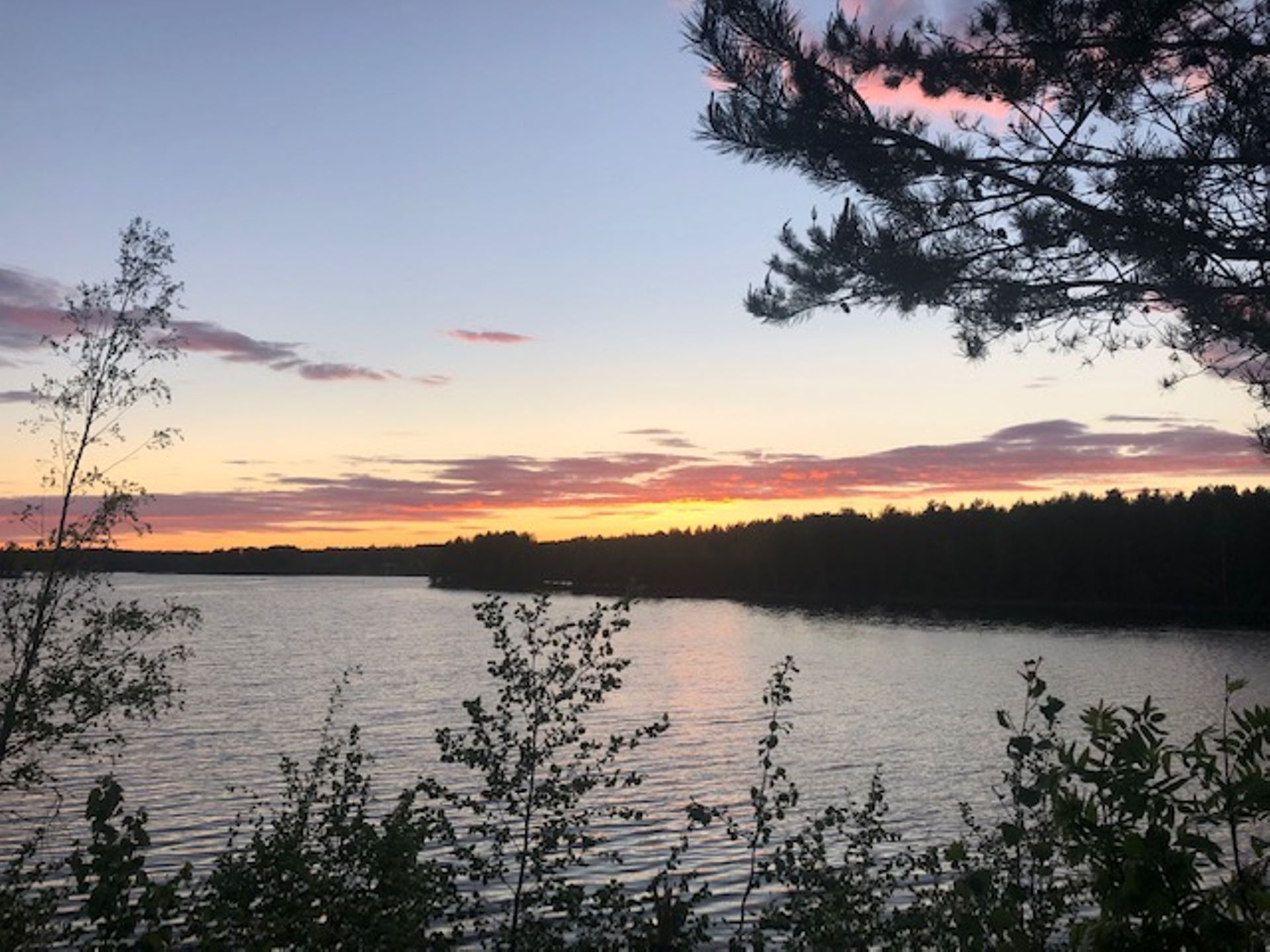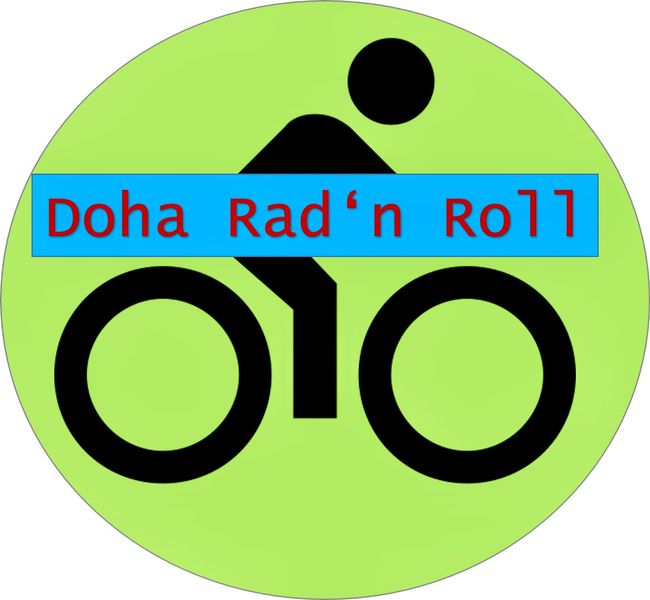From Timisoara to the Danube on EV 6/13
Lolomiina: 07.06.2023
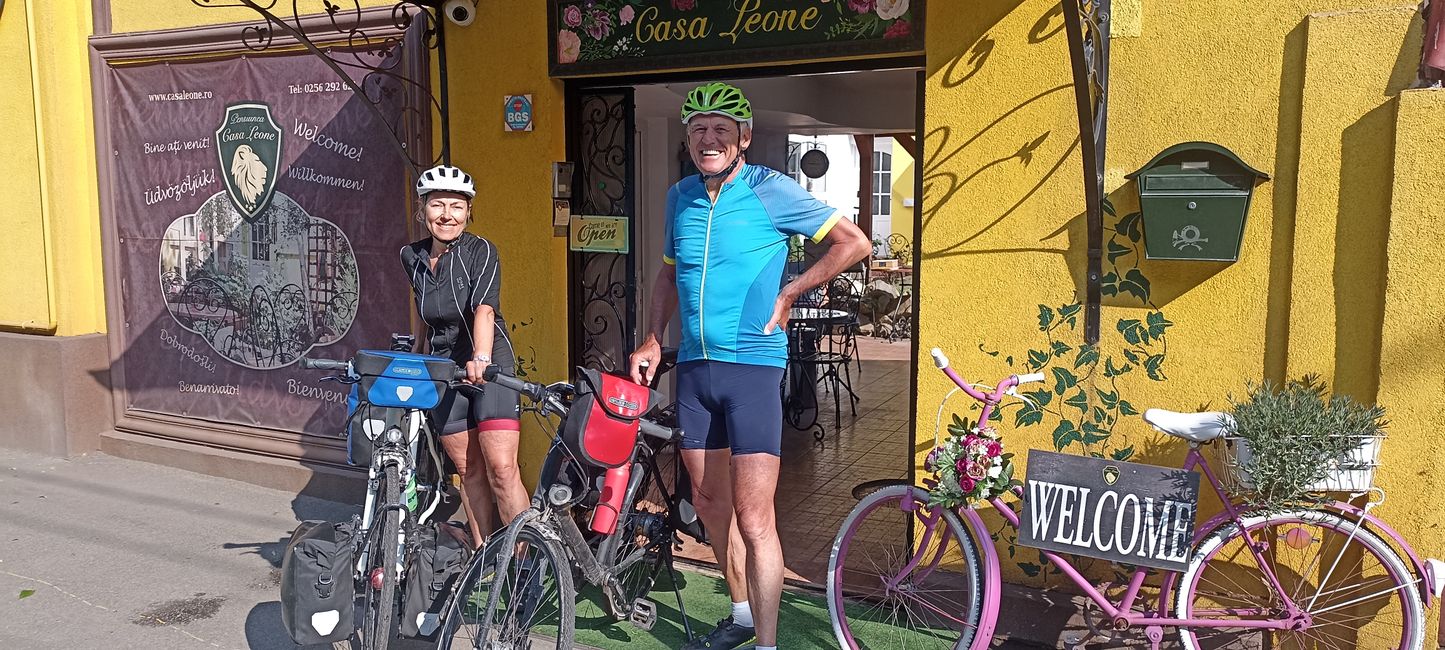
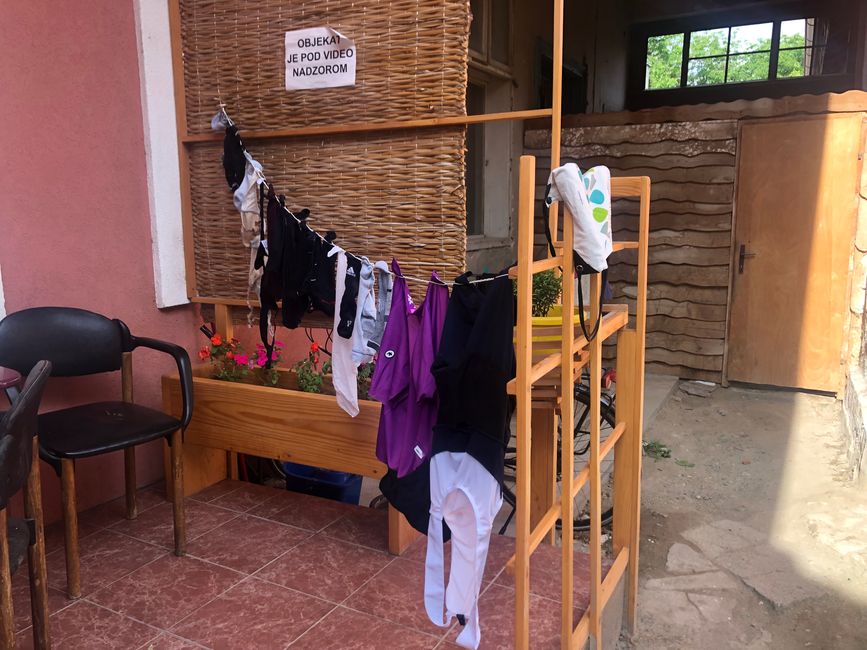
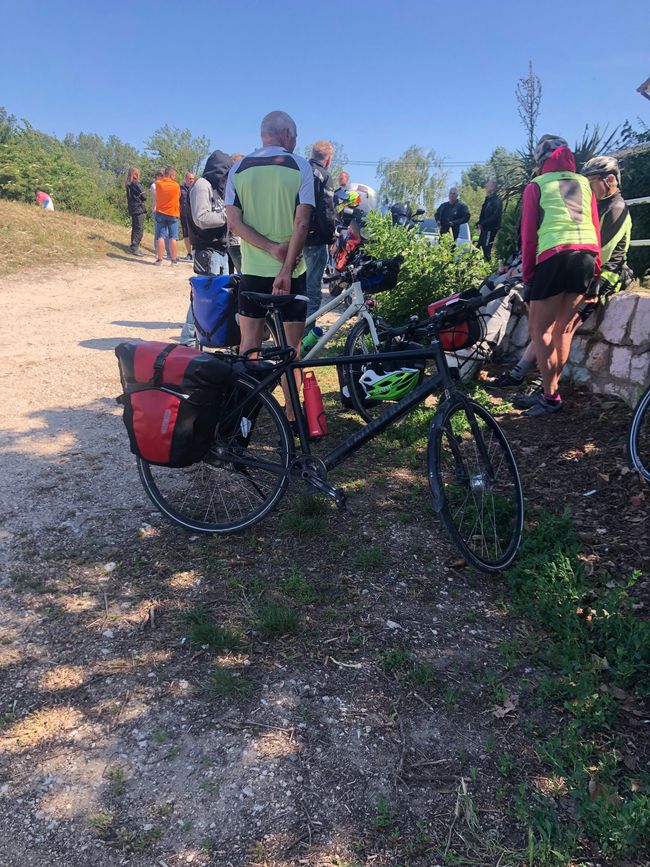
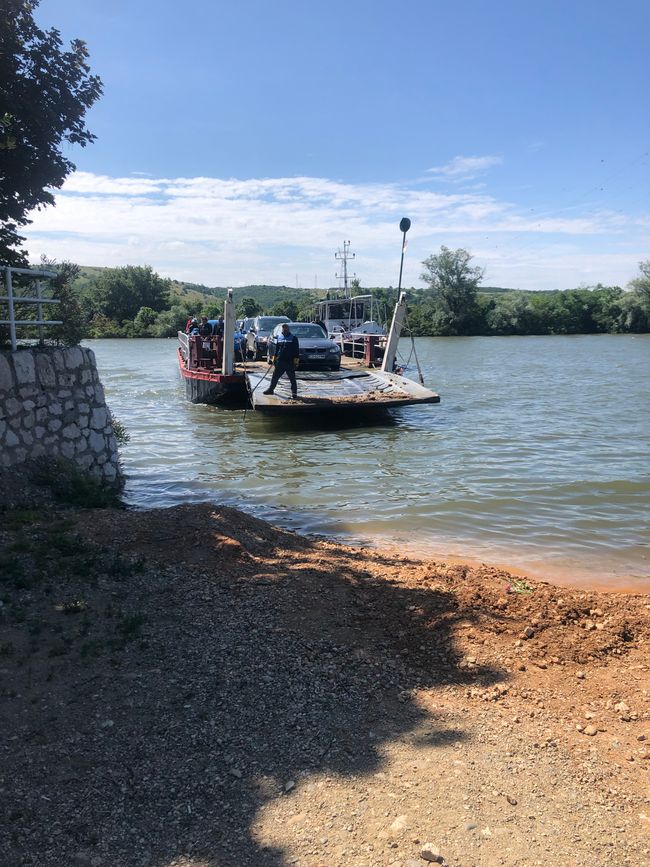
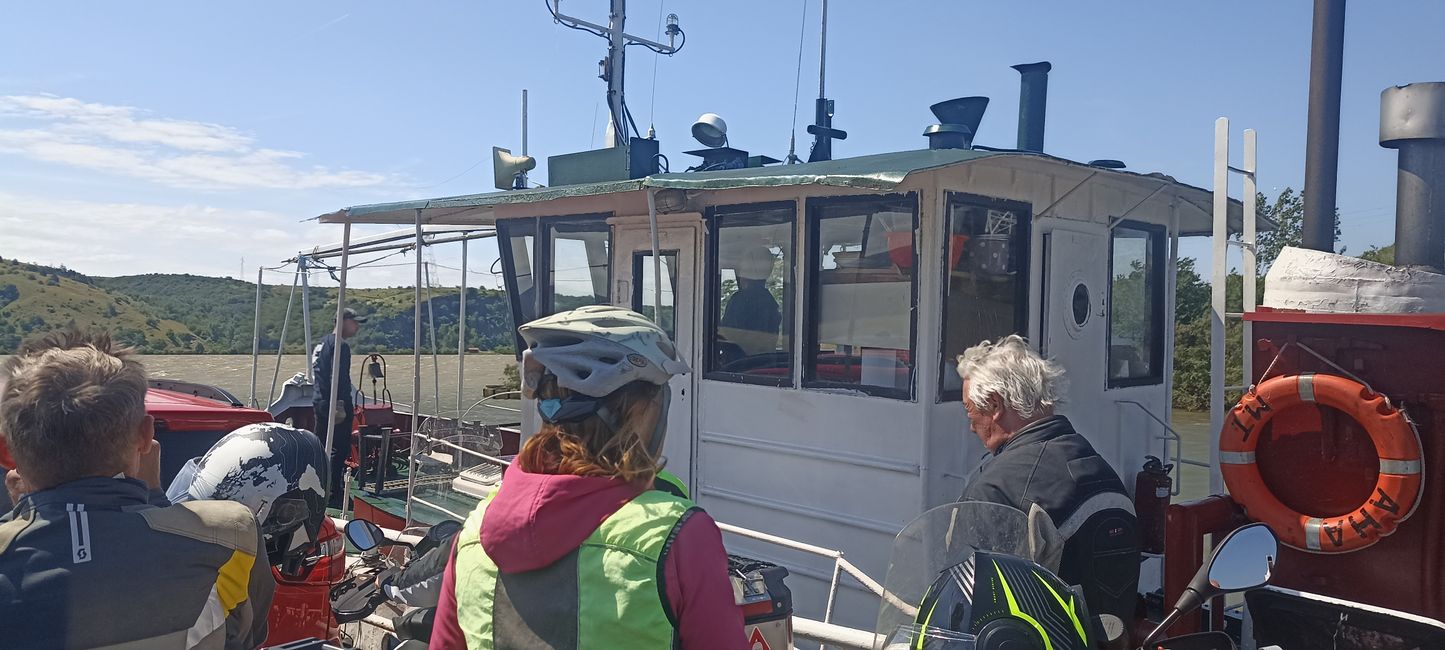
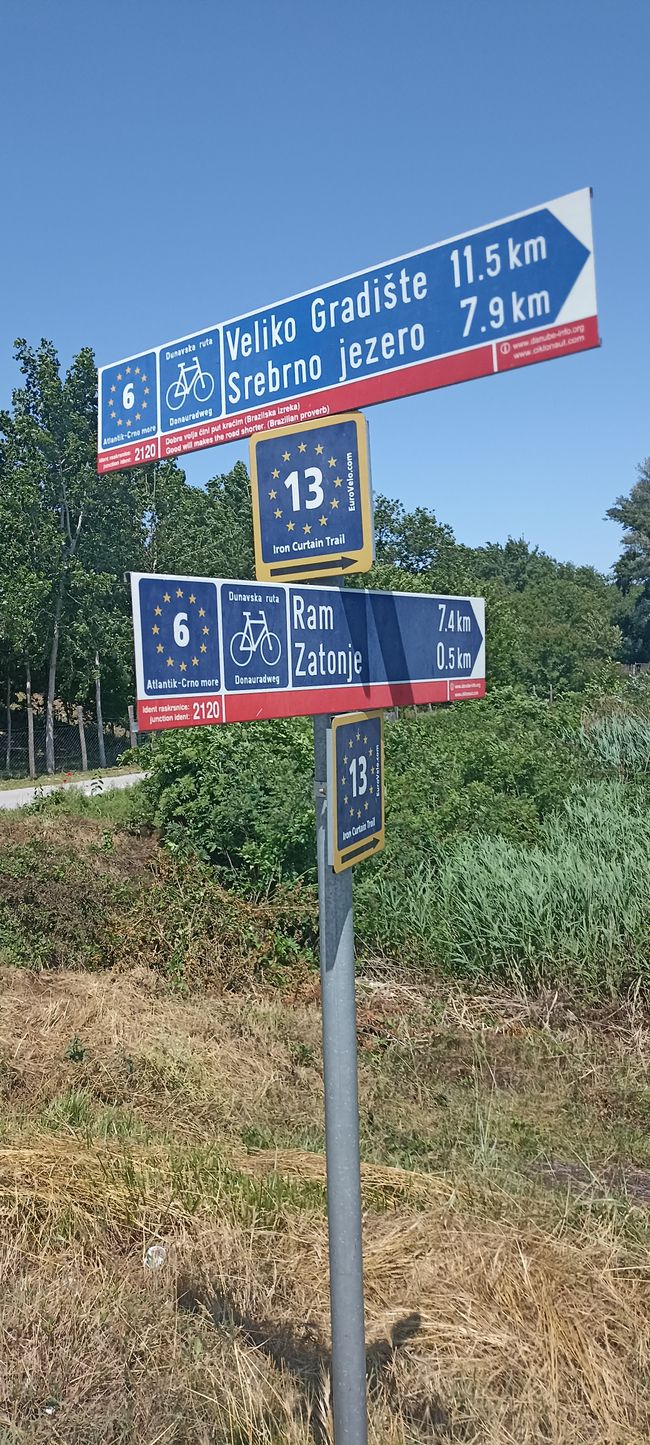
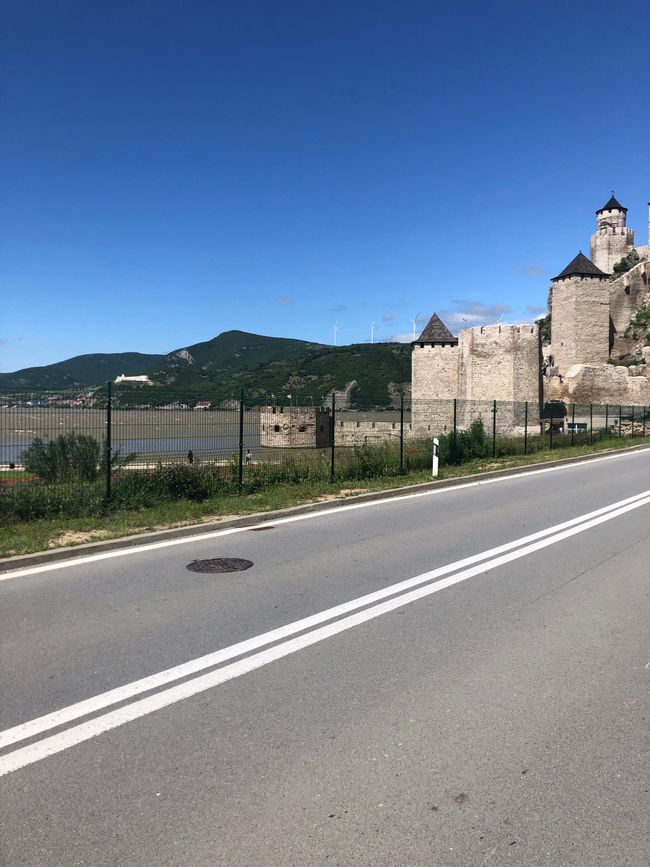
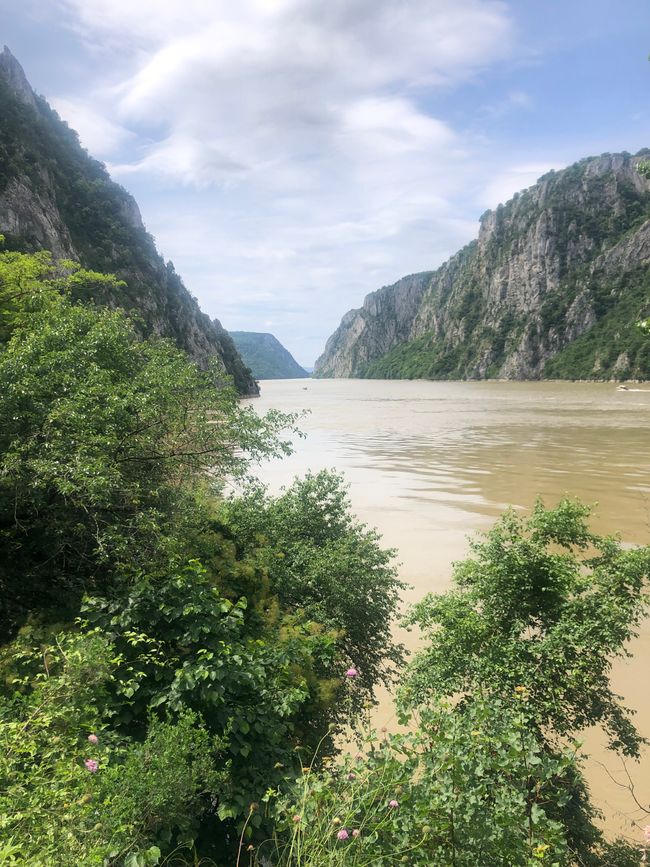
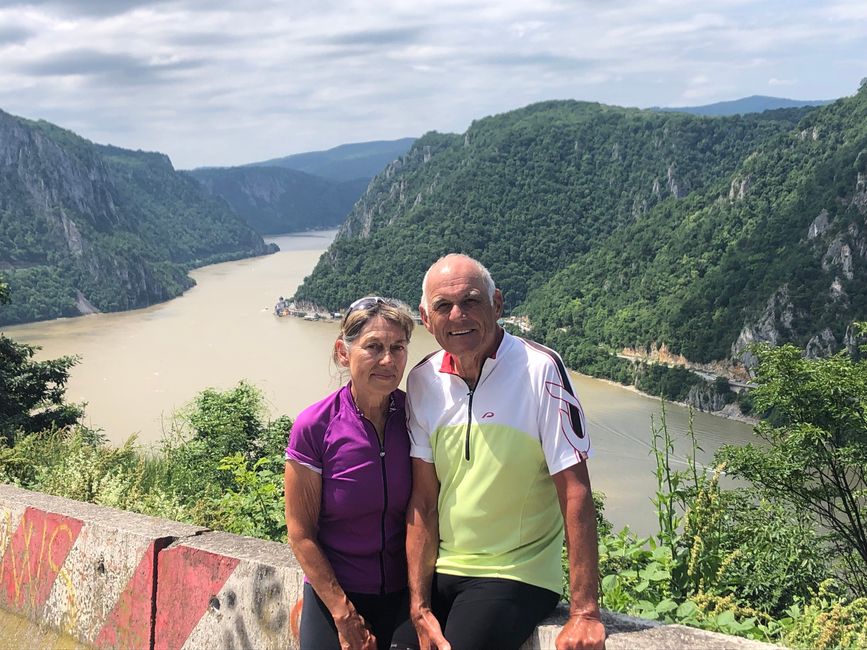
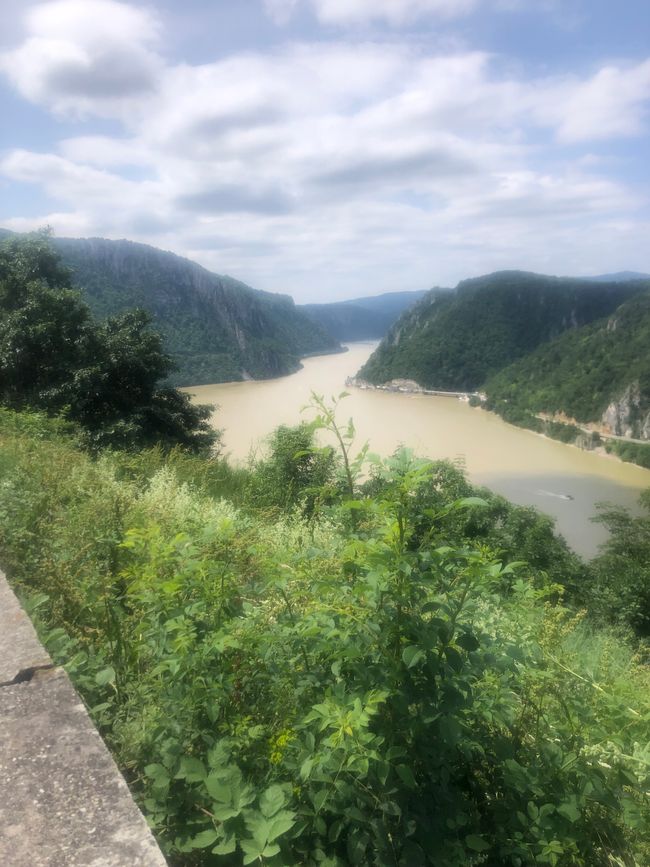
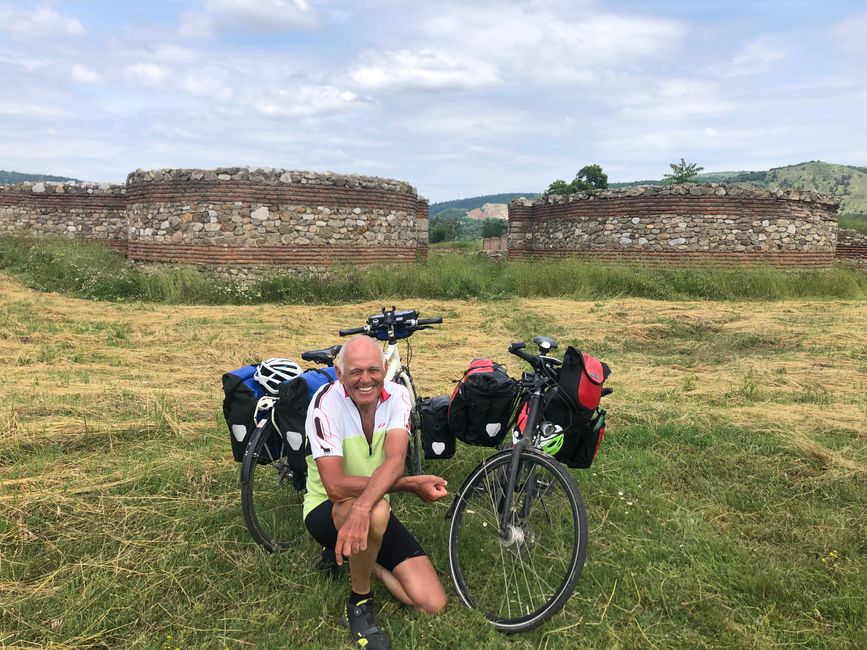
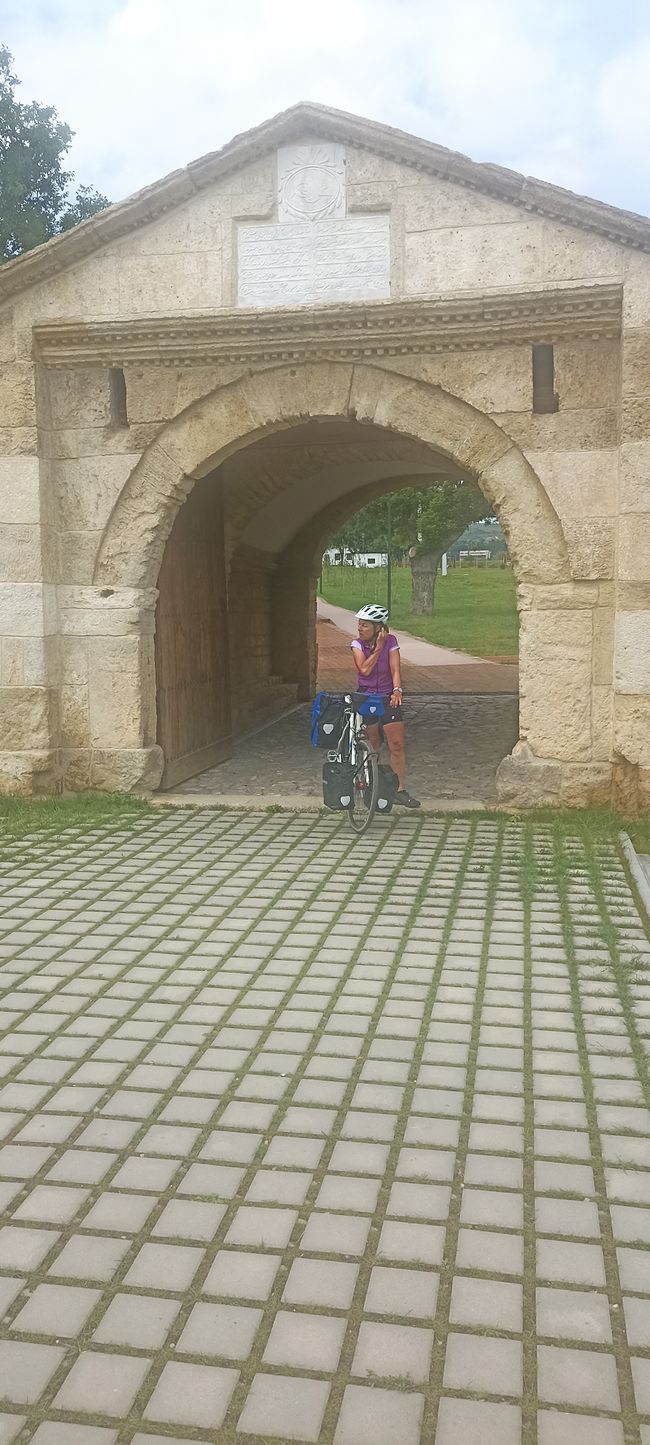
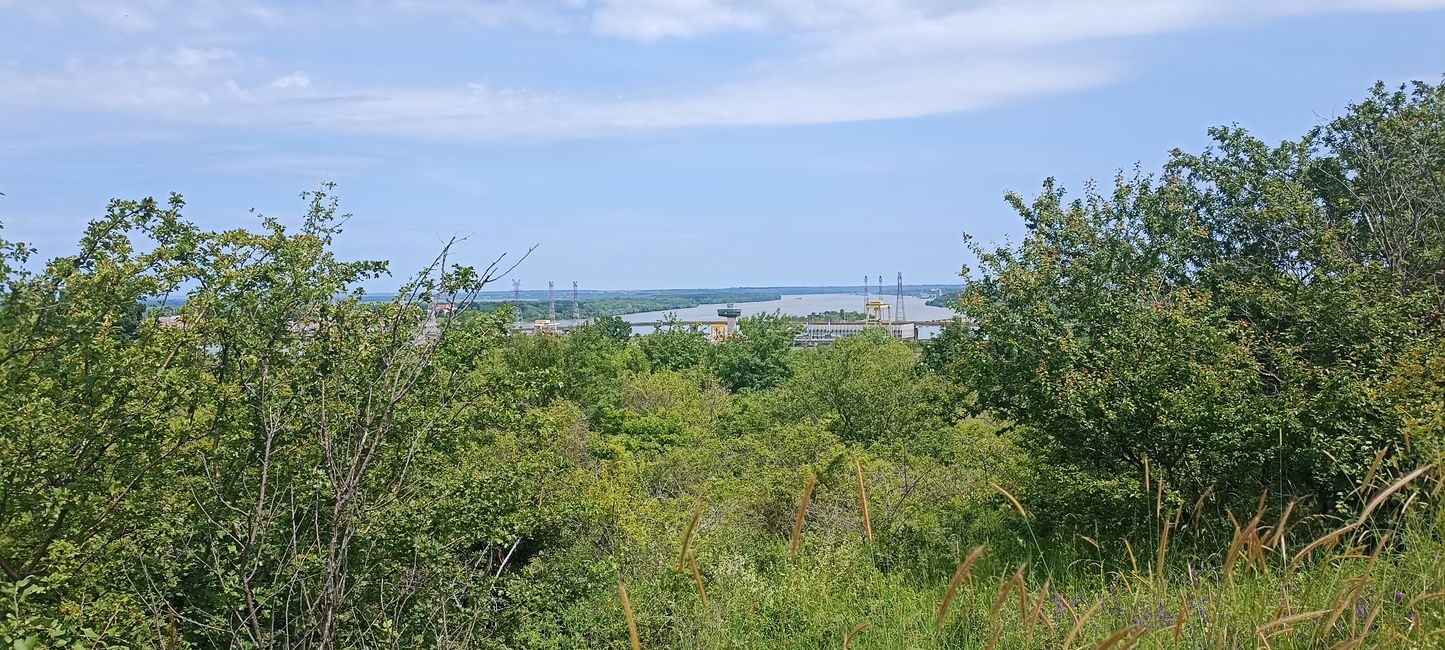
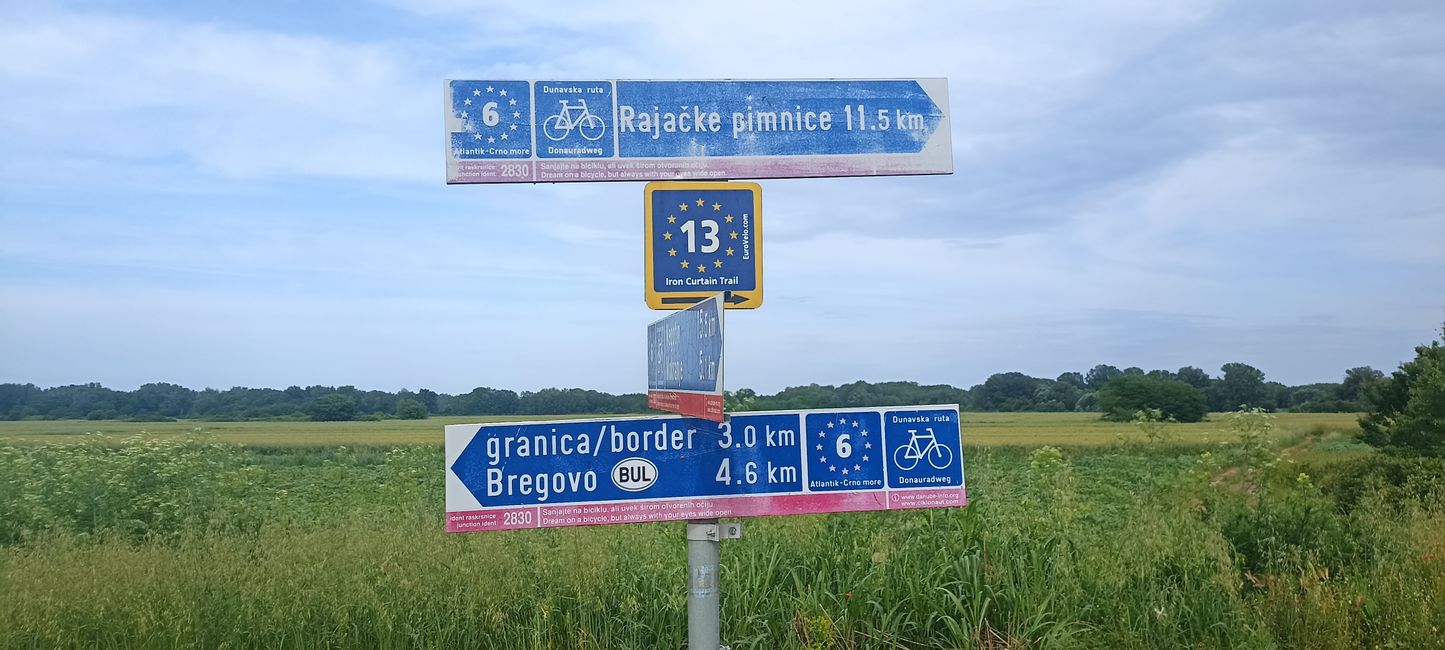
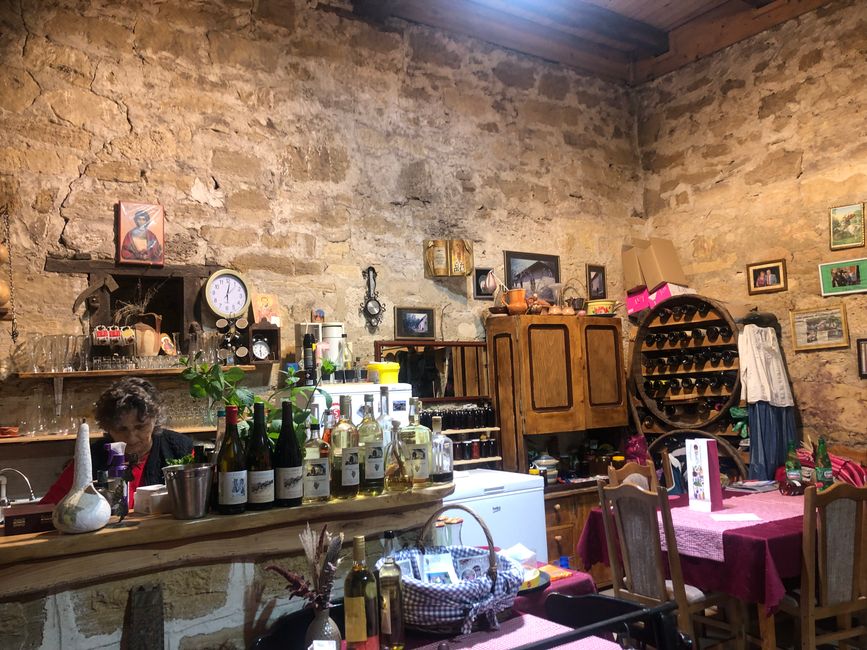
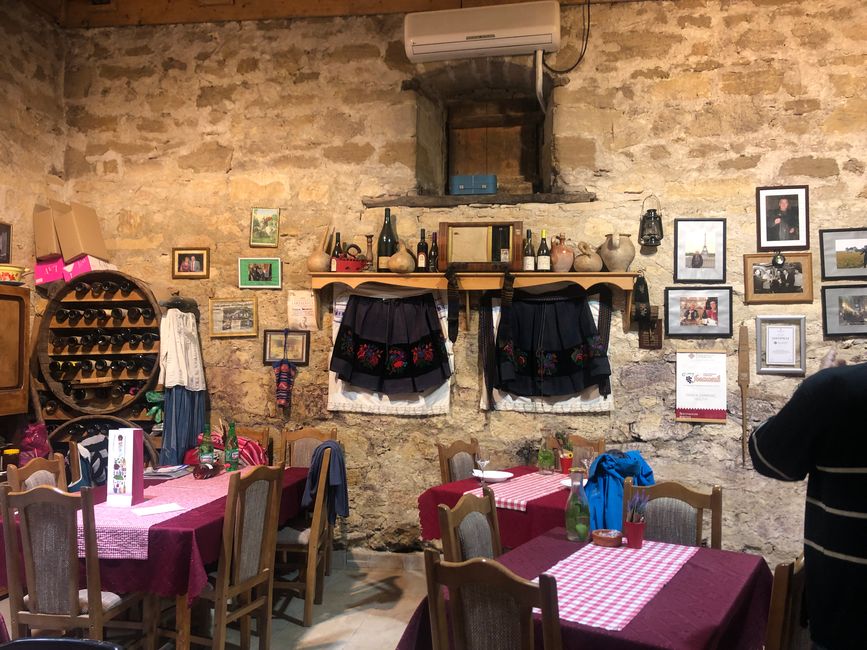
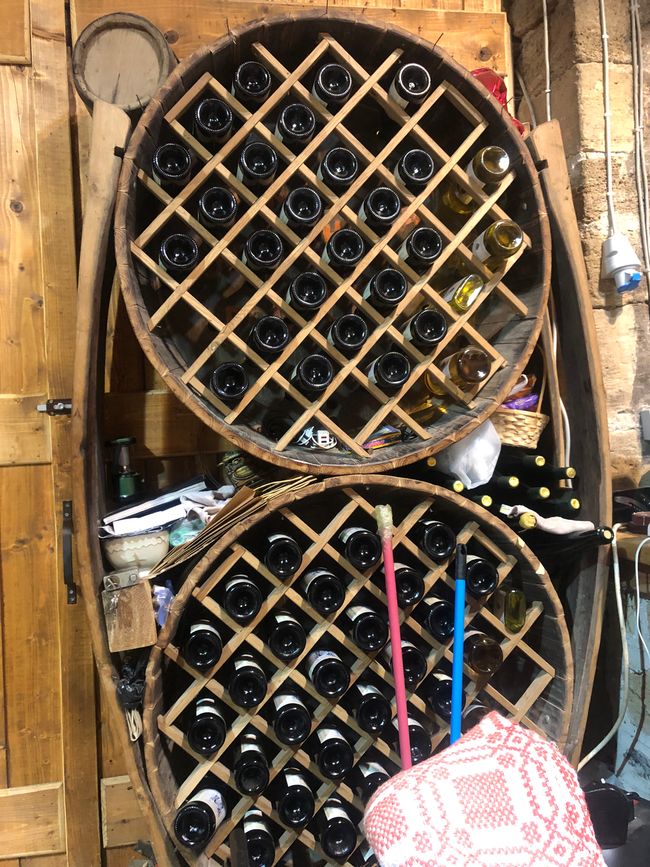
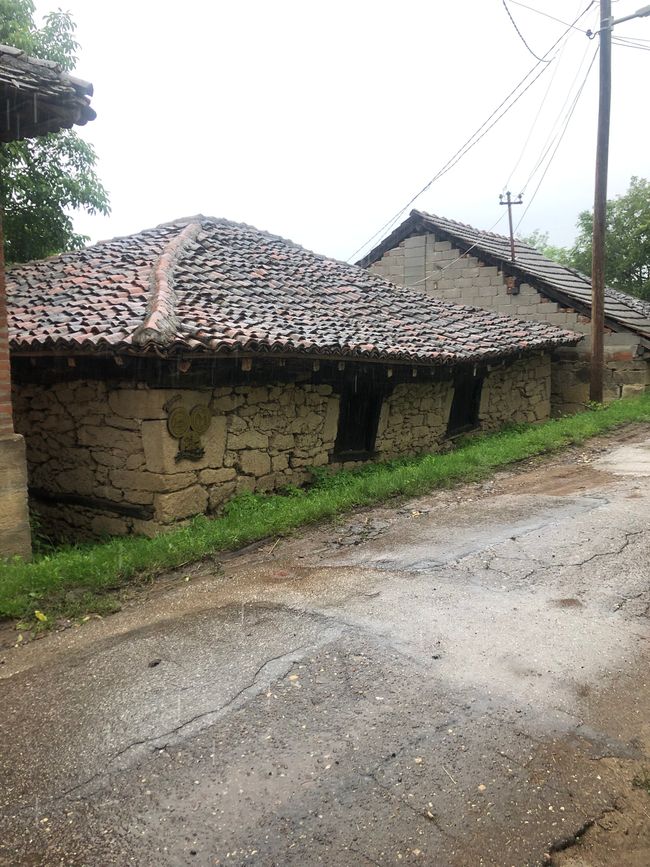
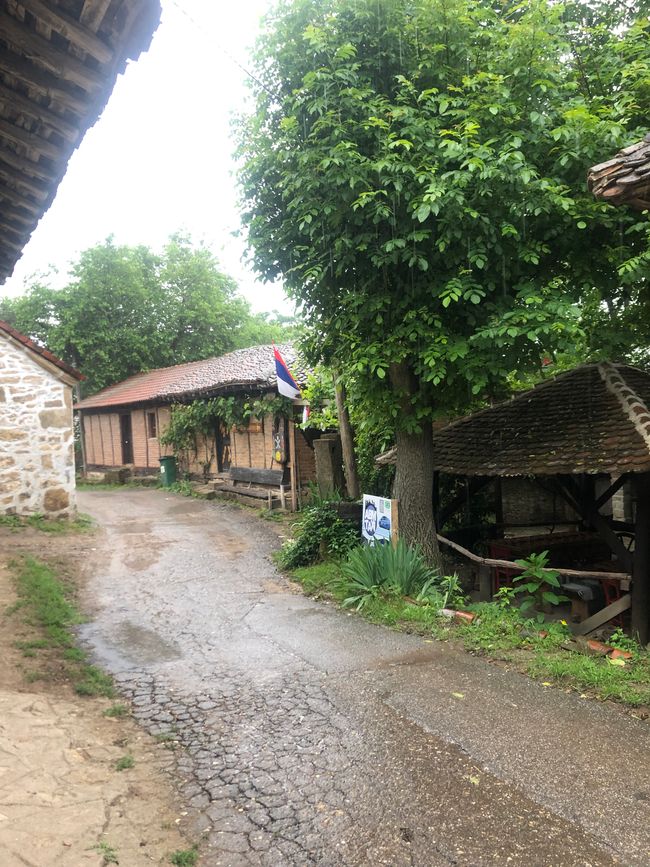
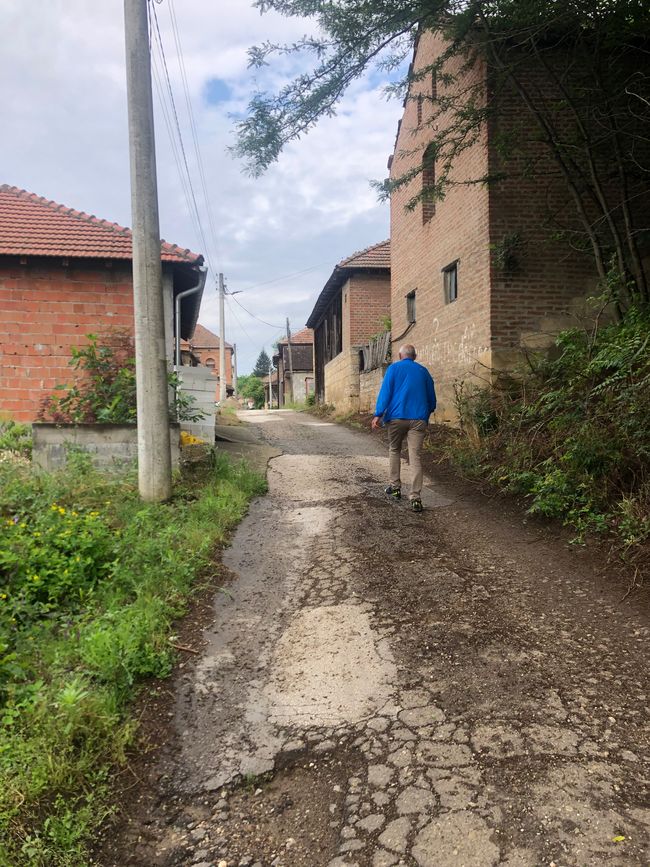
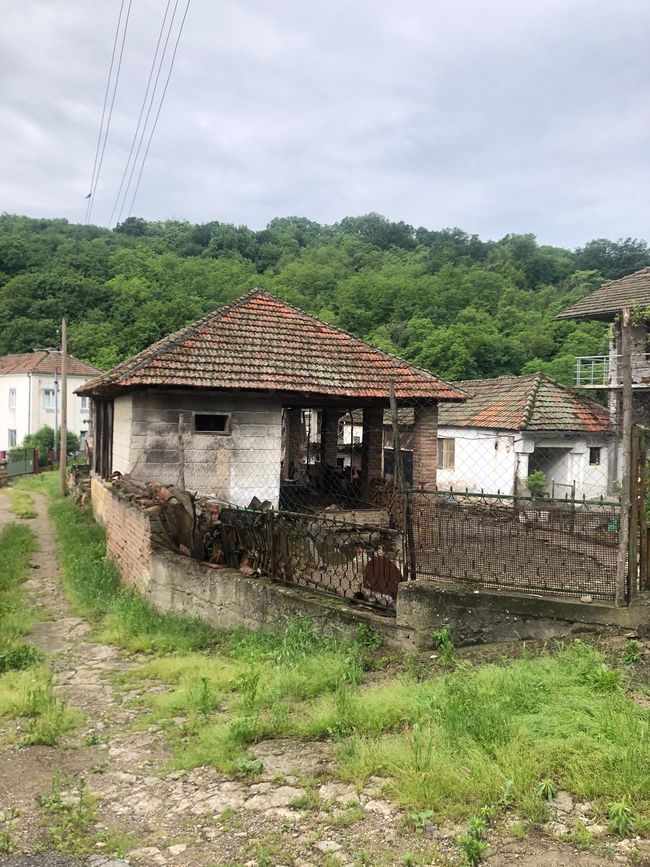
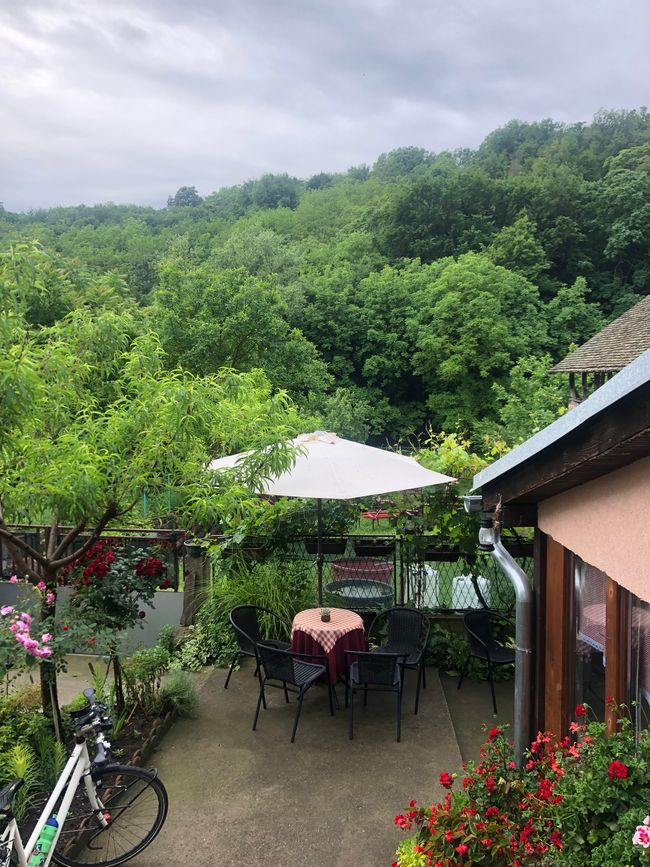
Fa'asoa ile Newsletter
ICT Bike Day 8: Timisoara - Bela Crkva 120 km
Before the final flat stage, our host Adel insists on taking a photo of us, as she is so excited about our adventure. Then, thanks to navigation and komoot, we quickly leave the city. We are somewhat surprised to find that we have to drive on the E 70 towards Belgrade, which leads us south on a four-lane, busy road. But the further we get from Timisoara, the less traffic there is, and after 20 km we are on a single-lane country road. With the wind at our backs, the landscape completely flat, and the road freshly paved, we ride the 50 km to Deta without a break. Just before the border, Dominique is chased by one of those infamous Romanian street dogs, but fortunately it is not very persistent. After a short drink stop, we have only a short distance to the border, which we cross quickly. The road on the Serbian side to Vrsac is in excellent condition, and because we gain an hour, we are in the main square of Vrsac for coffee shortly after midday. After that, the landscape becomes more interesting, with rolling hills, beautiful vineyards, and a view of the surrounding hills. We ride on good roads through the beautiful countryside and arrive in Bela Crkva around 4 pm. The town does not seem very inviting, but there are accommodation options, shops, and restaurants. That's all we need for today. Until the end of World War II, more than 60% of the residents spoke German, the town was called Weißkirchen, and the surrounding area was mainly inhabited by Serbs. After the war, the Germans were expelled by the Yugoslav partisans and had a difficult escape ahead of them, as they were unwelcome everywhere.
ICT Bike Day 9: Bela Crkva - Donji Milanovac 105 km
Today we reached the 1000 km mark. We are very excited, but we will only have time to celebrate in the evening. And now we are doing what thousands do every year by bike - we are riding on EV 6, the Danube Cycle Path. But in this southern section, it seems that we (almost) are the only ones. Only when crossing with the ferry from Stara Palanka to Ram do we meet a Czech couple who are not sure where they will go next after Ram. It was only 15 km from Bela Crkva until we reached the Danube shore with the ferry landing, but we had to battle extreme headwinds. We were accompanied by 20 motorcyclists and 20 cars. The ferry was certainly already operating in Yugoslav times. And the crossing felt the same: somewhat unsafe and wild! It consisted of a ferry part that was driven sideways by an old boat. The two were connected by steel cables. There were some discussions until the ferry was fully loaded - some cars had to wait for three hours until the ferry returned according to schedule. The adventurous crossing took 30 minutes in rough waves. In Ram, we continue to fight against the wind and ride without a break until Golubac. With a length of 2888 km, the Danube is the second longest river in Europe, flowing through ten countries and often forming the border between two countries. Here it forms the border between Romania and Serbia. Because of its immense width and sparse settlement on both sides, there are no bridges or ferries for the next 160 km, so you have to decide which side to ride on. We chose the Serbian side because there is less traffic. Due to the heavy rains in the past weeks, the Danube is neither beautiful nor blue, but very impressive. Serbian stray dogs accompany us on the way, but fortunately they only bark. In Golubac, the Danube resembles a huge lake before it breaks through the mountain ranges on the left and right at the impressive fortress. The fortress with nine towers rises partially directly from the Danube and was used by the Turks, Austrians, and Serbs to control the river. The very well-developed road now leads through the Djerdap National Park, and we still have over 50 km and 21 tunnels ahead of us until Donji Milanovac. The unlit tunnels are unpleasant because it is pitch dark and we are somewhat unsure if trucks and cars can see us... Shortly before 6 pm, we have completed the demanding stage due to the headwinds and some ascents. Donji Milanovac offers us accommodation, nothing more. It seems very poor, and we wonder if it is busier in midsummer.ICT Bike Day 10: Donji Milanovac - Kladovo 65 km
Today is only a short stage because there is no accommodation for the next 50 km. The first 20 km are flat along the banks of the Danube. After the first ascent, there is a tunnel, and then we have a spectacular view of the Iron Gate, the narrowest point of the Danube Gorge. The mighty river is only 150 m wide between the rocks there. On the further ride, there are beautiful views of the breathtaking landscape again and again. After a challenging climb, we can look back from above and take in the panorama. Until the completion of the dam in 1974, this section was a nightmare for all "Danube steamship captains". Countless ships had accidents here because of the rapids, treacherous whirlpools, canyons, and the rocky reef. It is hard to imagine that at the beginning of the 19th century, numerous families set off from Ulm to the Black Sea at the invitation of Tsar Alexander I, just like the Banat Swabians did in Ulmer Schachteln, to settle in Bessarabia. And they had to pass through the Iron Gate on small boats. This is now a thing of the past after the construction of the dam. Today, the entire route is navigable for ships. The water level of the Danube was raised by 35 m, flooding several villages and the ancient Roman road. Most places were rebuilt at higher locations. The Iron Gate was also the site of the escape of Katharina Weinel and Eva Görner in 1969, who bravely threw themselves into the water wearing life jackets. The raging river carried them three kilometers downstream at a dizzying speed until they could save themselves on the Yugoslav shore. After searching for a while, they found their West German friend, who took them to the Austrian border. There they were able to cross the border uncontrolled on the roof racks of two minibuses. We pass a sign pointing to the memorial plaque 'Tabula Traiana', which was erected by the Roman Emperor Marcus Ulpus Traianus. It commemorates the completion of the Roman road along the Danube in 100 AD. During the construction of the dam, the plaque had to be cut out of the rock and reattached 40 m higher. Nevertheless, it can only be seen from the Danube. So we are not only cycling along the Iron Curtain, but also along the Roman Limes, which separated Orient and Occident.20 km later, we reach the dam, where you can drive to the Romanian side. There is a long line of trucks at this EU external border. A few kilometers later, we turn towards Castrum Diana, a military fortress built by the Romans in the 1st century, which was destroyed and rebuilt several times until the 6th century. At the entrance of Kladovo, we visit the small Ottoman fortress Fetislam. Parts of it were built using the remains of the Trajan Bridge, which spanned the Danube for 1070 m from the 2nd century and was the longest bridge in the world for a millennium. A lot of history in just a few kilometers.
ICT Bike Day 11: Kladovo - Negotin - Rogljevo 105 km
After a few kilometers, we are at the spot where you could cross to the other side 1800 years ago on the Trajan Bridge. Today, only the remains of a bridge pier are still standing there. We continue riding on the well-signposted EV 6/13 near the Danube and then turn right into the hinterland. There we meet another cycle tourist, a Belgian-French couple who have been traveling in southern Europe for almost a year and now want to ride from Samos to Vienna on the Danube Cycle Path after their winter break. The route is flat and mostly well-maintained, so we make good progress and then meet the main road to Negotin. After a few kilometers, we turn off and can then ride on a gravel path directly along the Danube shore. We ride through scenic areas with forests or along the Danube before reaching the Derdap II Dam. It's only a short distance to Negotin from there. It becomes more hilly now, as the routes of the Danube Cycle Path EV 6 and the ICT EV 13 diverge. The Danube cyclists go across the border to Bulgaria, while we ride to Rogljevo. What awaits us there is hard to describe and almost worth the trip alone. A visit to the village is worthwhile because of the wine cellars located outside the village, which served the winemakers during the labor-intensive time in the vineyards. So, because it fit well with the stage of the day, we booked an apartment in the village. We accepted the offer to have dinner there. We arrived in an almost deserted village - more dogs than people (the village still has 40 inhabitants) - and cycled to the end of the main street where our accommodation was located. Goran, the owner, welcomed us like old friends and explained the history and connections about organic wine production in the region and about the village and Serbia via Google Translate. He drove us to his wine cellar, which was rustic and where our dinner, combined with a wine tasting, was offered. It is one of eight wine cellars that are now used like this from the former 300. And we could enjoy it to the fullest as the only guests. Unbelievable! We felt like we were in a completely different world and were very touched by the hospitality of the people. An unforgettable experience!
Fa'asoa ile Newsletter
Tali (3)
Horst
Wow. Was für tolle Geschichten. Passt weiterhin gut auf Euch auf. GLG aus der Heimat Lisa
Lisa ist mal wieder Stift !
Toll und wie in einem guten Roman eure Reise zu lesen. Uli und ich sind auch unterwegs allerdings etwas bequemer mit dem Campingbus.Zur Zeit an der südlichen Fersenspitze bei ganz fiesem Wetter.
DOHA - Euch noch einen wunderschönen Verlauf der Radreise !
Grüssla Stift und Uli Harald
Liebe Lisas😉 ich denke, das Wetter bessert sich ab Montag! So sagt es unser Wetterfrosch. Also durchhalten und sich an der schönen Landschaft , am Essen und Wein erfreuen. Liebe Grüsse aus Komotini( GR.-Bulg. Grenze